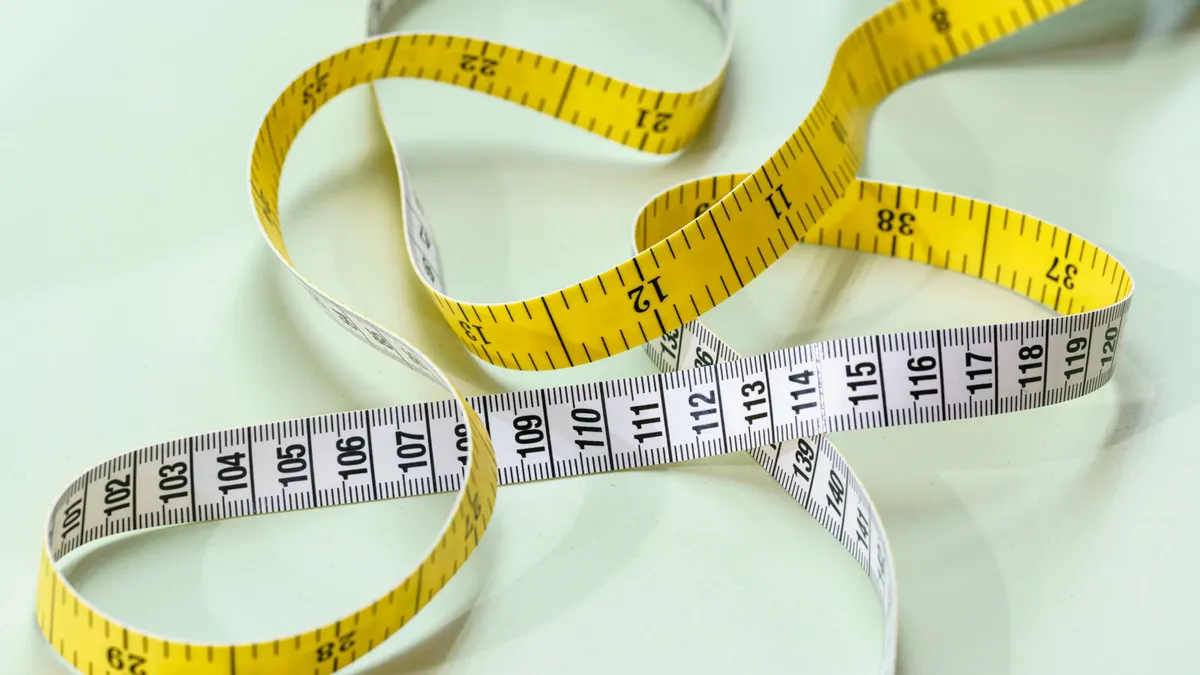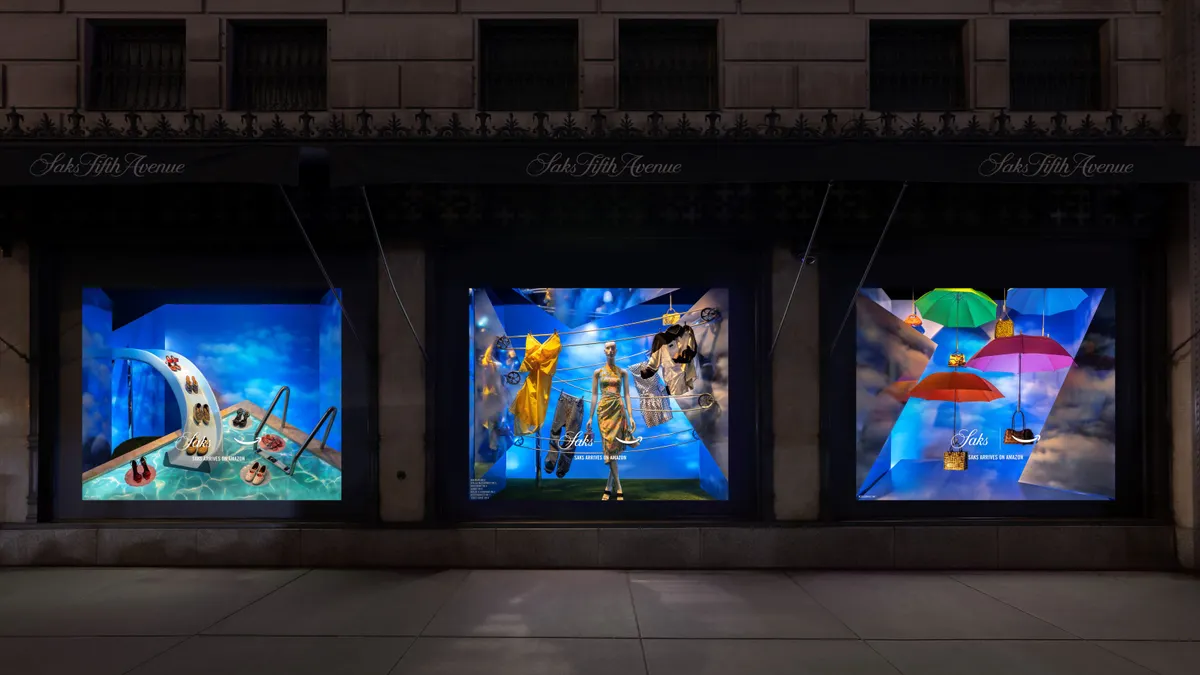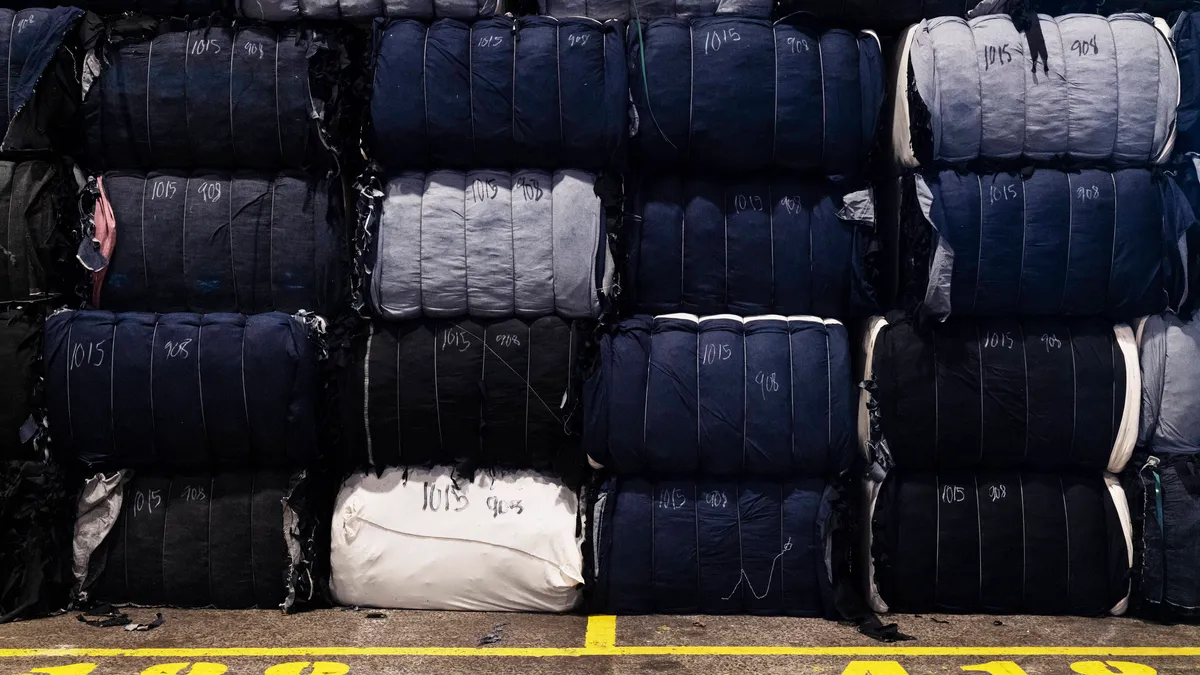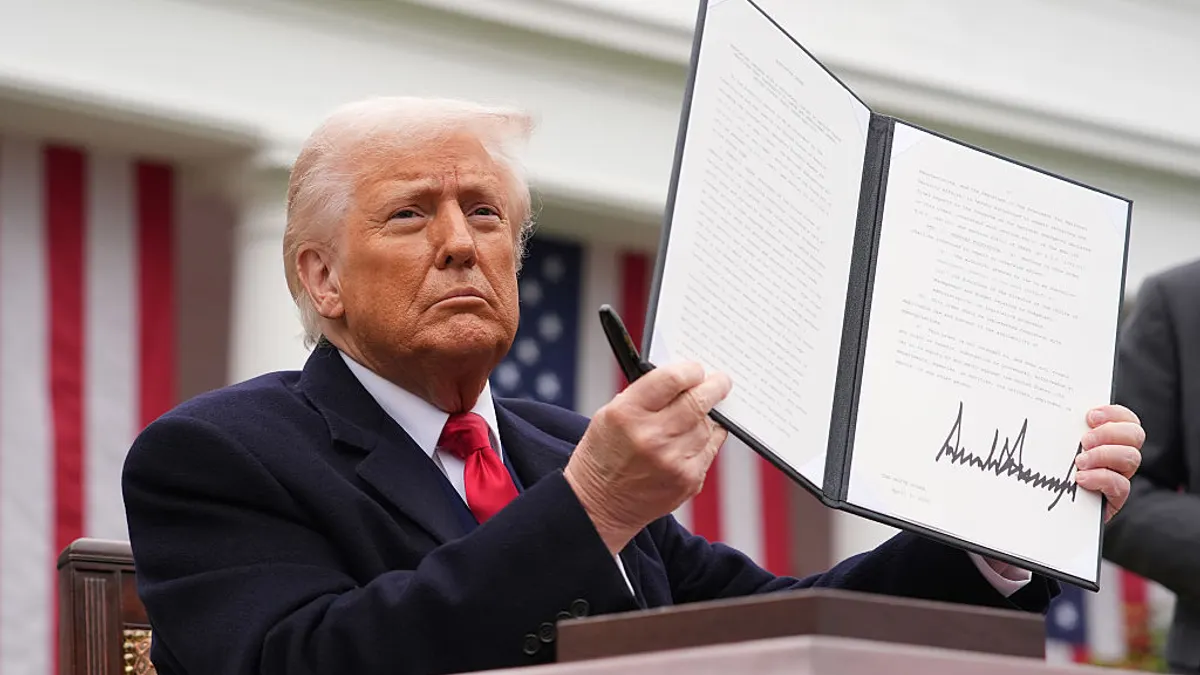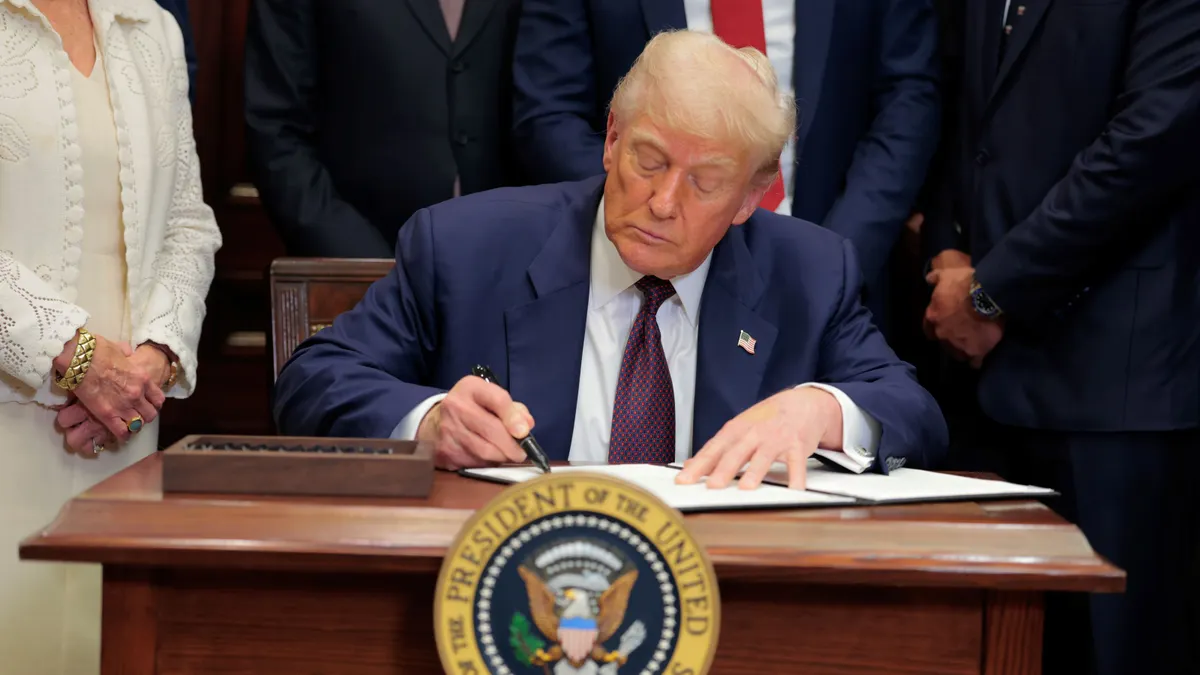Just a few years after body positivity went mainstream, there seems to have been a backslide in size inclusivity on fashion runways. Following the fall-winter 2025 fashion month shows, multiple outlets reported a lack of size diversity in runway models. “Body positivity takes backseat,” announced a BBC headline. The New York Times wrote that “the body diversity revolution appears to be at an end.” And an editor at Marie Claire noted, “Runways all season long were devoid of mid- or plus-size models — so much so that it became a daily complaint in my fashion editor group chat.”
The Vogue Business Autumn/Winter 2025 size inclusivity report, which tracks models on official fashion week runways in New York, London Milan and Paris, confirmed the issue. Report authors noted that out of the 8,703 looks presented, 97.7% were straight-size, which the report defined as U.S. size 0 to size 4. An additional 2% were mid-size, defined as U.S. size 6 to size 12, and only 0.3% were plus-size, which the report defined as U.S. size 14 or above.
This representation was even lower for the spring-summer 2025 season, when plus-size models wore 0.8% of all looks, according to the Vogue Business size inclusivity report published in October 2024.
In 2022, plus-size representation on fall runways was at an all-time high of 2.4 percent, according to The Fashion Spot, which counted models on fashion week runways from 2015 to 2022. The problem is so pervasive that Vogue itself caught flack in April for casting a straight-size model, Gigi Hadid, as the lead in a photo shoot and video based on the Broadway show “Hairspray,” whose protagonist is a plus-size woman.
In the majority
It would be wrong, however, to call thinness or the use of straight-sized models a trend, just as being plus-size is not a trend, said Emma Medeiros, president of Medeiros Fashion PR, which she calls the first public relations firm to specialize in the plus-size fashion industry.
Although there is a dearth of up-to-date research on the popularity of various U.S. clothing sizes, extrapolation from past statistics indicates that the average U.S. body size is not subject to fashion industry fad.
In 2018, the CDC reported that the average men’s waist size was 40.5 inches, which roughly translates to a size XXL or a men’s size 40, according to Sizely, an e-commerce tool that generates size charts. That same CDC report, which is the most current available data, indicated that the average U.S. women’s waist size was 38.7 inches, which Sizely translated to between an XL and an XXL, or about a misses size 20 to 22.
A widely cited 2016 study from Plunkett Research found that the majority of American women, or 68%, wear a size 14 or above. While the study is no longer available online, the firm confirmed the statistic from that year in an email and said that it has not changed much since.
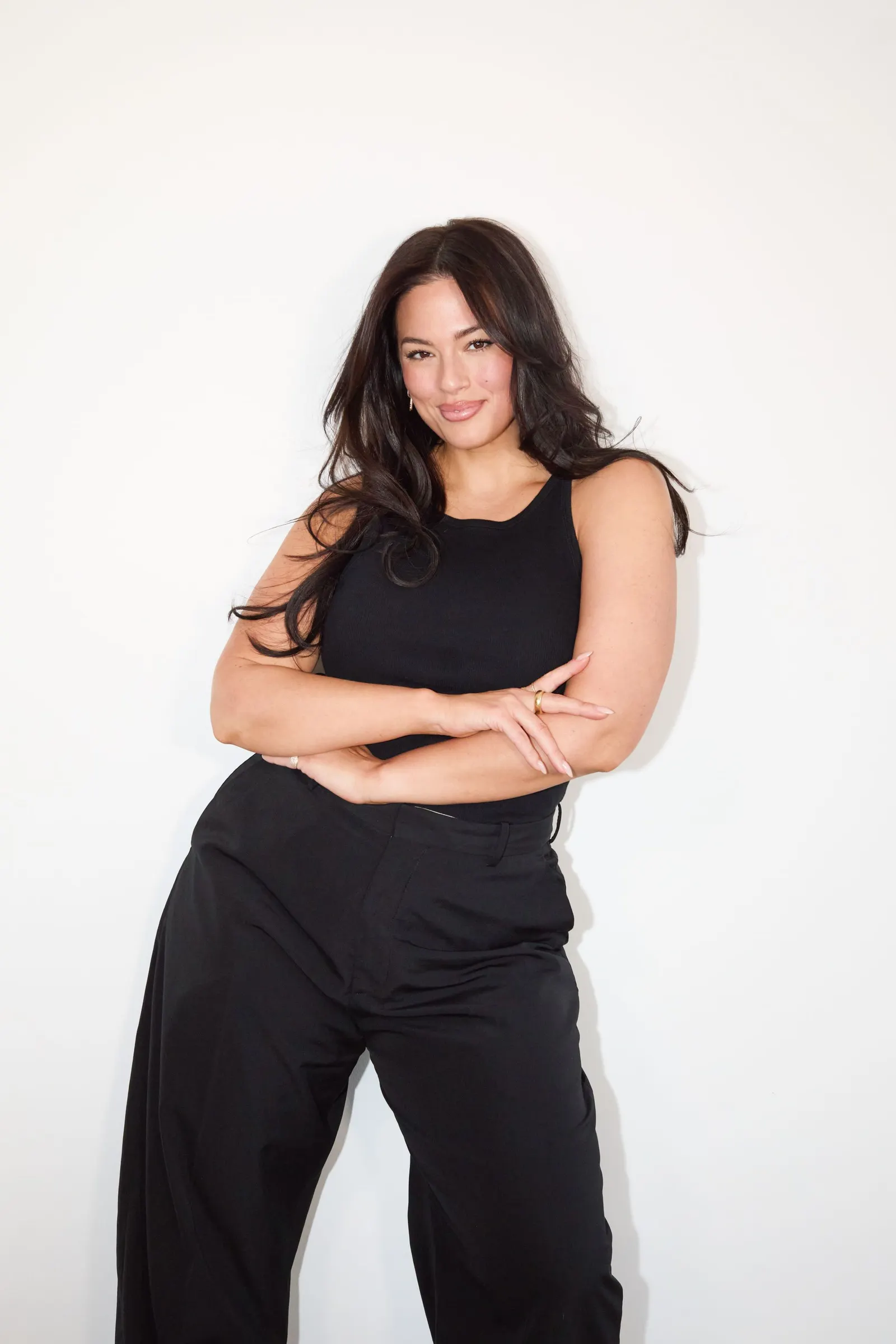
“We have not updated that number formally,” Jack Plunkett, CEO of Plunkett Research, said in an email. “However, our general feeling is that it went up a point or so over the years and is now drifting downward due to rapid adoption of GLP-1 drugs. The fact that we have an aging population (tending heavy) is likely to keep the number from [dropping] quickly. A conservative number for today might be 66% — still a very high percentage.”
A 2023 study by Morgan Stanley aligned with some of what Plunkett said. The report found that 7% of the U.S. population could be taking these kinds of drugs by 2035. Furthermore, the “Ozempic effect,” as the March Vogue Business size inclusivity report called it, may continue to impact brands both on and off the runway.
But even if there are marginally fewer customers moving forward, the amount of money to be made is estimated to be increasing.
A 2023 report from Global Market Insights valued the plus-size clothing market at $114.1 billion and projected it to grow annually at a rate of 5.1% through 2032. Another report, from Creedence Research, placed the market valued at $350 billion — more than double Global Market’s estimate — and projected a 4.8% increase through 2032.
These estimates suggest that exploring this market category could generate significant revenue for brands moving forward. Plunkett agreed, and said that some brands’ recent foray into plus-size were more about business than diversity.
“It would be wrong to simply think of this as a trend towards inclusivity,” Plunkett said. “Instead, it is brands and retailers looking to gain market share in an important size category.”
Limited Offering
In the U.S., the multi-billion dollar plus-size industry is served by only a handful of dedicated mass market brands, such as Torrid, Ashley Stewart and Lane Bryant. Universal Standard, which carries sizes 00 to 40 and started as an online-only business in 2015, debuted in 20 Nordstrom stores in March 2025.
In recent years other mainstream brands such as H&M and Reformation have expanded their sizing to women’s U.S. 30 and U.S. 24, respectively. And in April 2025, JCPenney announced a deal with plus-size model Ashley Graham, including a new plus-size collection to be released in the fall.
However, U.S. shoppers say the offerings are still limited, which is why they have to be resourceful, according to Jordan Foland, former head of brand development at Henning, a plus-size businesswear collection that was acquired by Universal Standard in April 2023.
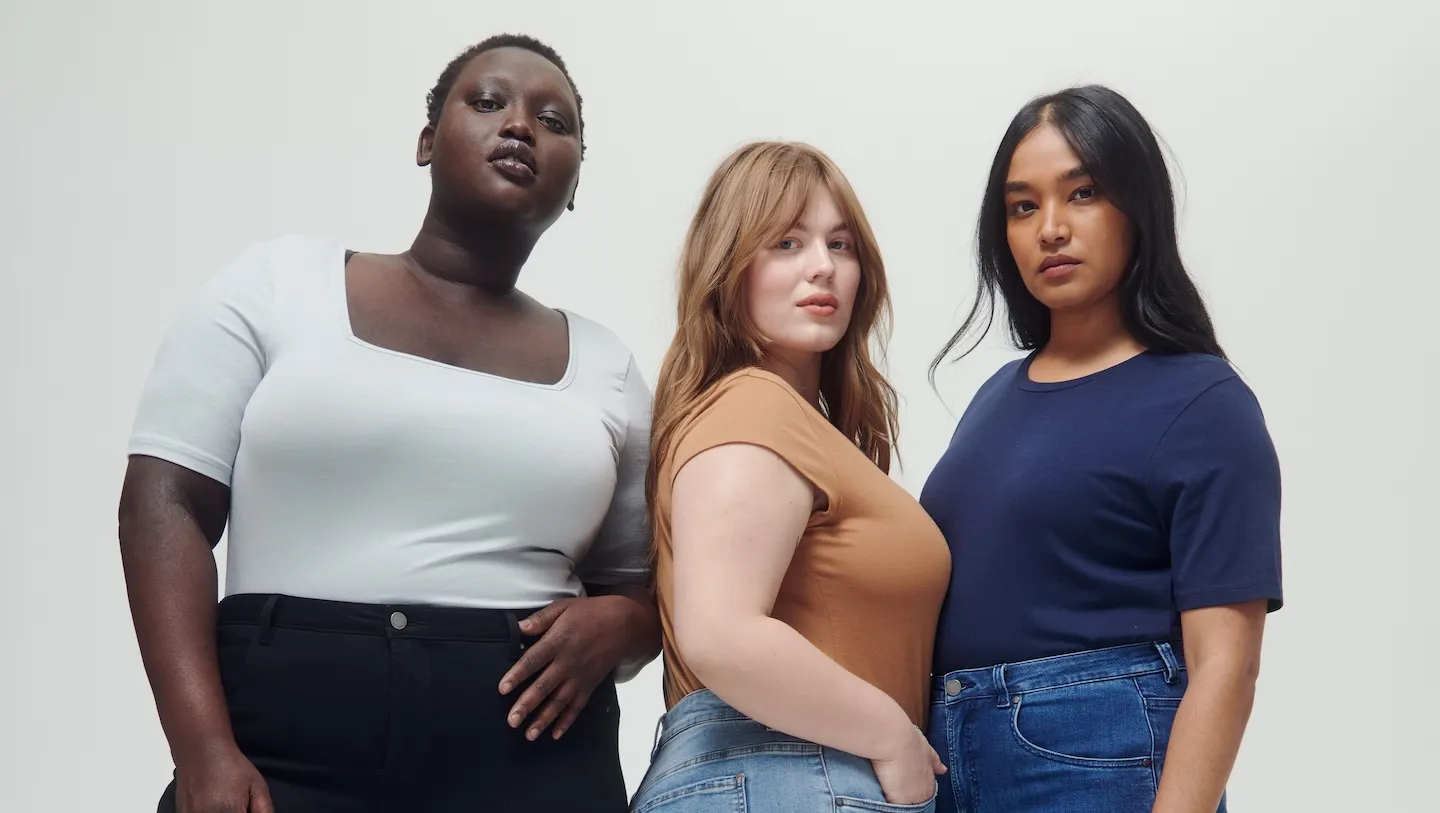
While Foland was working on Henning in New York City in 2020, women would share intel about which brands carried sizes that, although not labeled as such, were plus-size. “That’s how a lot of women who cared about fashion were operating,” she said.
Historically, plus-size clothing has been “very boring,” said Sue Rock, founder and CEO of Sue Rock Originals, which produces women’s clothes in sizes 1X to 6X from deadstock fabric.
Plus-size clothing was “very traditional,” unbecomingly modest, and “out of phase” with trends in straight-size clothing. The result is that plus-size brands were “continuing to create a narrative that this person, due to their size, is out of phase with reality,” Rock said.
In 2019, however, a number of mainstream brands, including Old Navy, Ann Taylor and Nordstrom expanded their sizing. But they backtracked within years or, in the case of Old Navy’s Bodequality, just months.
“I mean, it was here and gone. It was like, ‘What happened?’ Like, ‘‘Where’d it go?’” Medeiros said.
That leaves a lot of customers still underserved, Medeiros said.
“What if we told 70% of clients to not come in the door? That’s essentially what brands are doing,” she said. “They are telling 70% of the population, ‘we don't want your money.’”
For brands looking to serve this market, that means there are both opportunities and challenges.
Stylish clothes that fit
Brands often make the mistake of assuming that all plus-size customers share the same taste, Rock said. But like straight-size customers, plus-size customers “would like to have clothes that match their own particular style,” Rock said.
In the designer market, “there's the Rick Owens person, and there's the Marc Jacobs person, and there's the Bill Blass person,” she said. And yet, “there hasn’t been a brand that has understood that the plus-size customer can be that specific.”
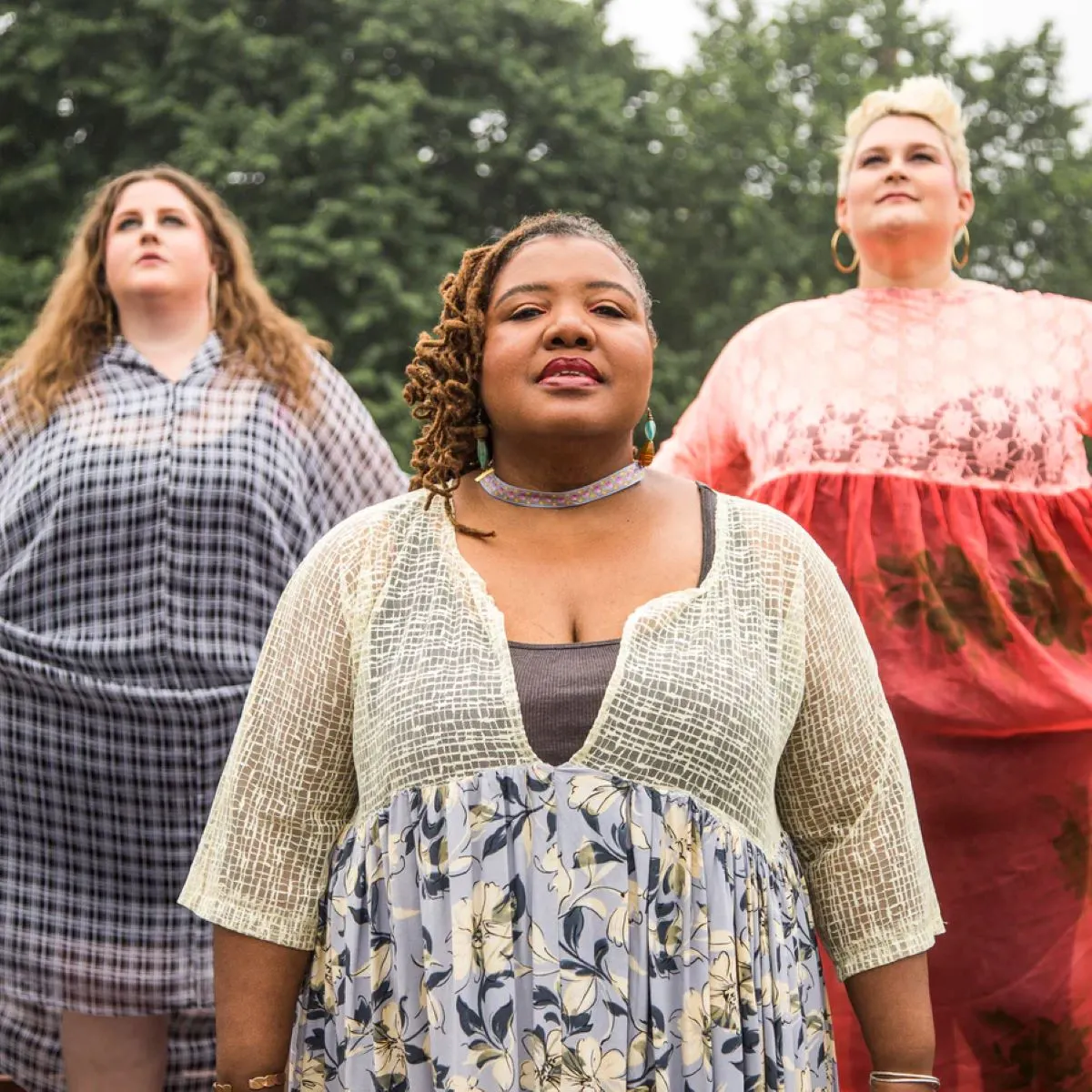
In this vacuum lies opportunity, Rock said. “Plus-size women come to me because they’re tired of seeing clothes that make them cringe.”
Brands also should be careful to make sure plus-size garments fit as well as straight-size ones, said Steven Green, plus-size model, photographer, art director and consultant. It may seem obvious, but Green has seen brands get this very wrong.
“The fit was terrible,” Green said of one campaign he saw. “They just went with something that was just big and not really tailored to the body.”
To avoid this, brands should use plus-size fit models, Green said. “That way, if you want [the outfit] to look baggy on the slim model, then it can also look baggy on the larger model, and you still get that same design aesthetic.”
A bad fit gives the impression that a brand has put plus-size models in their ads “to check a box, versus actually making [size inclusivity] a part of the culture of who they are as a brand,” he added.
Real bodies, real people
When it comes to marketing, especially for plus-size clothing, perfection and glossy imagery have gone out of style, the experts said. That’s in part thanks to social media, which allowed anyone to become a model, Rock said. This resulted in a “wave of imagery that really we’ve never seen before” of real bodies, she said, referring to the early days of Instagram. “It’s revelatory for some people. It is changing lives for many people. ”
As a result, “the smart brands are starting to realize that their customers do not want to see the ‘perfect body’ anymore,” Medeiros said. “And of course… there’s no such thing.” Instead, contemporary customers “want to see ourselves. We want to see the average woman. We want to see the average man.”
Nevertheless, some plus-size brands shy away from using plus-size models in their promotional imagery. For example, plus-size brand OneStopPlus, part of Full Beauty Brands, which purchased Eloquii in 2023, appears to show many of its clothes on straight-size models.
Medeiros calls decisions like this a mistake, because plus-size customers need to be able to see bodies like theirs in clothes before making an investment.
Language and messaging are important to consider as well. When Foland set out to work on the marketing for Henning, she noticed that not only the style, but the language of plus-size fashion was cringe-inducing.
“It was so like, ‘You’re powerful, queen,’” she said. “I just wanted to be treated like a smart, normal person. My feeling was that I don’t need a brand to even necessarily comment on my size... I don’t need an empowerment brand.”
Commit from inside out
Succeeding in the plus-size space can take time. Experts caution against giving up quickly, as this can signal to customers that the commitment was not authentic, Green said. If a first launch doesn’t work and a brand doesn’t try to troubleshoot the problem, that sends the message that “we’re okay with not fixing it,” Green said.
Meanwhile, a truly inclusive brand will “never lose that conversation,” he said. “They don’t want to just come out with the line,” he said. Inclusion is “who they are, not just what they wanted to represent.”
The key is to have representation not only in marketing, but in every level of the brand, Green said. Get plus-size people “at the highest seat,” he said. “Get them into your style rooms, get them into your design room and get them a seat at the table.”
An authentic commitment is especially important because “this customer will call you out if you’re fake,” Rock said. “And this customer is a cagey and cautious customer. They’ve seen their hearts broken more than once. They have clothing from brands that no longer exist, still in their wardrobes.”
On the other hand, if a brand hits the mark, the rewards will be long-lasting, said Medeiros. In her consulting work with straight-size brands, she said she frequently comes up against the misconception that plus-size customers won’t invest in clothes because they’re hoping to lose weight.
Whether those customers are trying to lose weight or not, Medeiros said, “If we find a brand that we love, we’re going to buy 10 of everything.”


